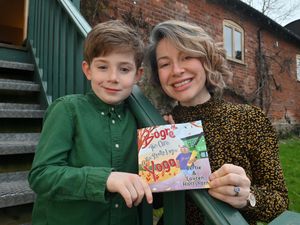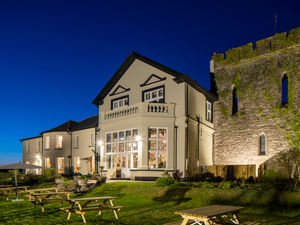How the Midlands moulded Tolkien
He is one of Britain’s best-loved authors whose stories set in a fantastical world have enthralled generations of readers around the globe.
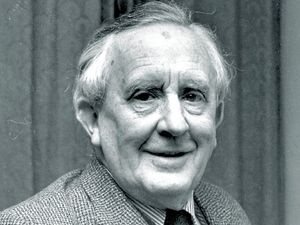
And it's well documented that the Midlands and his time living in Staffordshire provided JRR Tolkien with much of the inspiration for the mythology and geography of what we now know as Middle-earth.
His The Lord of the Rings trilogy and The Hobbit have been adapted into Oscar-winning films as inspiring video games, board games, television and much more.



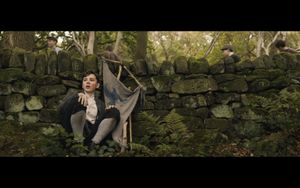

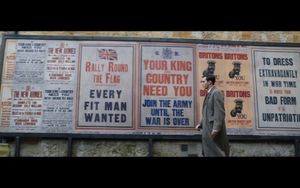

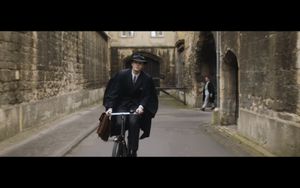


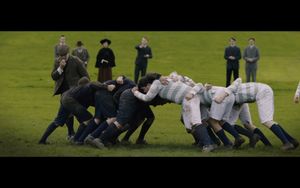
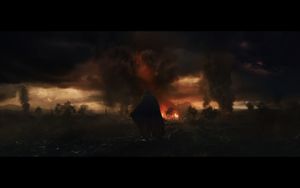
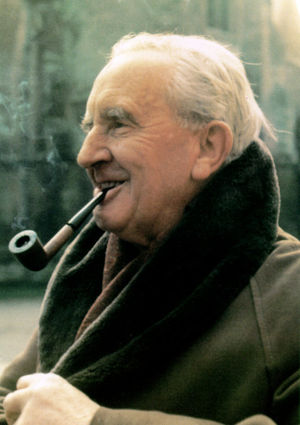

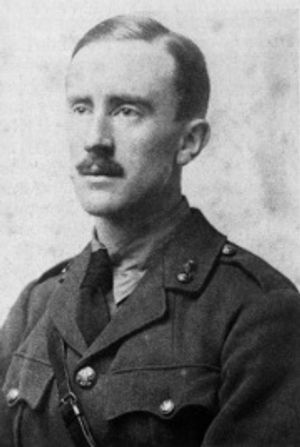
And now the spotlight is being turned on the writer's early years in new biographical drama Tolkien, starring Nicholas Hoult and Lily Collins, which will premiere in London tonight.
Directed by Finnish filmmaker Dome Karukoski, it portrays his childhood, the beginning of his relationship with future wife Edith Bratt and his experiences during the First World War.
It was the outbreak of the conflict that would lead Tolkien to Staffordshire in 1915 and his connection with the county spanned the remaining years of the war.
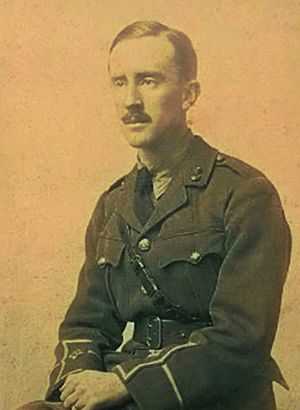
Now people are eagerly waiting to see how much of his time stationed at Cannock Chase before heading off to battlefields in France and his homes at Great Haywood and Penkridge will be depicted on the big screen.
“We’re incredibly proud of our Tolkien connections," says Philip Atkins, leader of Staffordshire County Council.
“Tolkien’s experiences of life in the army camps of Staffordshire and of the horrors of the Somme had considerable influence on his early writing, as well as influencing some of his later work.
"As the new Tolkien film is based on the authors early life, including war years, we are interested to see in what way Staffordshire features as we know the county plays an important part in the real story of Tolkien at this time,” he added.
JRR - John Ronald Reuel - Tolkien was born in Bloemfontein, South Africa in 1892 but both of his parents were from Birmingham and returned after their son's birth to the small hamlet of Sarehole.
His family later moved to Moseley and historians have linked Perrott's Folly tower in Waterworks Road and the Edgbaston waterworks tower to the two towers of Minas Morgul and Minas Tirith which give the second book in The Lord of the Rings trilogy its name.
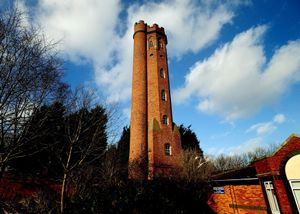
While Isengard, the tower surrounded by a circle of land which was the stronghold of Sarumen the White could have been based on the 360-ft clock tower at Birmingham University, historian's believe.
Although there is no implicit link to the Black Country, many believe it could have inspired Mordor which was an area of mass industrialisation like the region would have been at the time.
He attended King Edward's School, Birmingham, and later St. Philip's School before reading English language and literature at Exeter College, Oxford.
Following the outbreak of the First World War, he opted to delay enlisting until after he had gradated in 1915 with first-class honours.
He was commissioned as a temporary second lieutenant in the Lancashire Fusiliers on 15 July 1915 and trained with the 13th (Reserve) Battalion on Cannock Chase for 11 months.
After his marriage to Edith in March 1916, she came to live in Great Haywood, near Stafford, so that she could be close to him.
Tolkien regularly visited Edith in the village until he was posted to France in June 1916 where he would later serve on the front lines of the infamously bloody Battle of the Somme.
After three months on the battlefield he contracted trench fever, a disease carried by the lice, and was sent home to recuperate arriving back in Staffordshire in December 1916.

There are many references to Tolkien’s experiences during the First World War within his work, and one is the character Samwise Gamgee in The Lord of The Rings.
He based Sam on the common soldiers he knew during the war, who appeared courageous with high spirits, despite the horrors of what they were seeing on a daily basis.
"My Sam Gamgee is indeed a reflection of the English soldier, of the privates and batmen I knew in the 1914 war, and recognised as so far superior to myself," Tolkien later explained.
In his book The Fall of Gondolin, the antagonist Morgoth attacks the elvin city of Gondolin with deadly serpents and dragons and these have been said to also describe the destructive nature of the tanks that Tolkien saw on the Western Front.
While the screams of the Nazgûls in The Lord of the Rings are also thought to be akin to the sounds of the artillery shells soaring through the air before they exploded.
When speaking about the Nazgûls screams, Tolkien said: "Even the stout-hearted would fling themselves to the ground as the hidden menace passed over them, or they would stand, letting their weapons fall from nerveless hands while into their minds a blackness came, and they thought no more of war, but only of hiding and of crawling, and of death."
On his return to Britain to convalesce Tolkien lived at Great Haywood, looked after by his wife Edith, and during this time he drew from his experiences in northern France to write his war-torn fantasy stories though he also reflected his time in Staffordshire in his works’ more peaceful segments.
It's believed he may have based some of his original ideas for the Shire, the idyllic land of the Hobbits, on the county and one of his early tales references a ‘House of a Hundred Chimneys’ which is based on Shugborough Hall.
While he was living at Great Haywood he wrote the first two stories of his ‘mythology for England’ – The Fall of Gondolin and The Cottage of Lost Play.
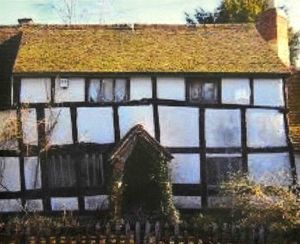
It's thought that he may have based some of his original ideas for the Shire, the idyllic land of the Hobbits, on the county and one of his early tales references a House of a Hundred Chimneys which is based on Shugborough Hall.
After a spell at the Humber Garrison on the Holderness Peninsula in East Yorkshire, he returned to the Cannock Chase camps as a Signals Instructor and took up residence in a cottage at Gipsy Green on the Teddesley Estate, near Penkridge.
Here he was re-united with Edith and their new son, John, who were accompanied by Edith’s cousin and companion, Jennie Grove. This was said to be a happy time for the Tolkien family.
The cottage was not only set in quiet, beautiful countryside but it was within cycling distance of the Chase camps and the author could live there with his family, and for the first time enjoy being a husband and a father.
Great Haywood later became Tavrobel and Gipsy Green was Fladweth Amrod in the topography of Middle-earth.
Unfortunately, Tolkien fell ill again in late June 1918 and was sent back to an officer’s hospital in Hull. Edith, who had lived in over twenty different lodgings in two years, decided to stay at Gipsy Green with John and Jennie. The family were re-united at Oxford in November 1918 after the war had ended.
After leaving the army, he had several jobs including working at Oxford English Dictionary and being a reader at the University of Leeds. In 1925, he returned to Oxford as Rawlinson and Bosworth Professor of Anglo-Saxon, with a fellowship at Pembroke College.
During his time at the college the father of four wrote The Hobbit, published in 1937, and the first two volumes of The Lord of the Rings.
The final part of the trilogy was completed in 1948 and the three books published between July 1954 and October 1955.
It has since been reprinted numerous times and translated into 38 languages, a sign of its enduring popularity.
While director Peter Jackson helped to introduce Tolkien's mythical world to a new generation of fans through both his Lord of the Rings and The Hobbit film series.
Tolkien sold off the film rights to The Hobbit and The Lord of the Rings in the 1960s and today The Tolkien Estate comprises a company which manages publishing interests and a charitable trust which makes grants to causes including alleviating poverty.

But his family have publically distanced themselves from the upcoming biopic saying they did not 'approve of, authorise or participate in the making of this film'.
Tolkien died on September 2 1973 ,aged 81, and today Staffordshire remain's proud of its links with the celebrated author.
As part of the county’s work to commemorate the 100th anniversary of the Great War a touring exhibition was created by The Haywood Society, which toured over 20 venues, including libraries and museums, and was seen by 250,000 people.
Part of that new exhibition has now found a new home at the Great War Hut at the Marquis Drive Visitor Centre where people will be able to visit every weekend, and Bank Holidays
“Both the exhibition and our Tolkien Trail walks, booklets available at the Marquis Drive Visitor Centre, are a great way to find out more and see some of the places that had such a major influence on this amazing author.
"I’m delighted that people will still be able to discover that story when they visit the Great War Hut and Marquis Drive visitor centre,” said Councillor Atkins.
David Robbie, from The Haywood Society, said: “The Haywood Society never dreamt that the Tolkien in Staffordshire touring Exhibition would be the huge success that it has been and I’m absolutely thrilled and delighted that part of the exhibition will be permanently housed at the Great War Hut.
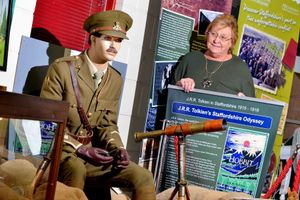
"This is the perfect place for the exhibition and will offer visitors a chance to discover the Tolkien in Staffordshire story almost where it happened. I’m also very grateful that the knowledgeable and greatly enthusiastic volunteers at the hut will continue to excite people with this fascinating story."
It's hoped the new film from Fox Searchlight will help inspire more people to visit the county,
Scott Whitehouse, from Staffordshire Library and Arts Service, added: “It is wonderful news that the Tolkien in Staffordshire Touring exhibition, which I co-created with The Haywood Society, will be accessible to visitors to the Great War Hut.
"The hut sits long the route of one of our Tolkien Trail walks so many people will be able to benefit from this additional information when exploring Cannock Chase in the footsteps of J.R.R. Tolkien.
"The Tolkien story is just a small part of the story of Cannock Chase and the Great War in Staffordshire, but the international appeal of Tolkien will hopefully act as a magnet, drawing people to discover his story and that of the rest of Cannock Chase and Staffordshire.”
*Tolkien will go on general release this Friday

